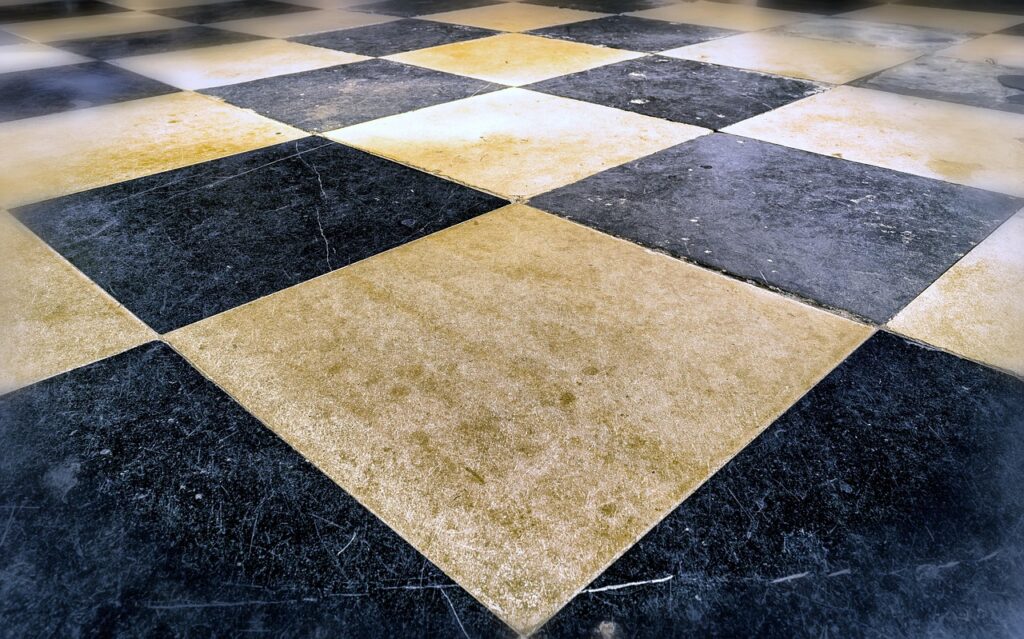Wear and Tear vs. Tenant Damage: A California Landlord’s Guide | Wild Rooster PM

As a landlord, you want your investment property to be well-maintained—but even the most responsible tenant can’t keep things perfect forever. At Wild Rooster PM, we often get questions about what counts as “normal wear and tear” versus actual damage. Understanding the difference is key to protecting your rental and keeping things fair when it’s time for move-out.
What is Normal Wear and Tear?
Normal wear and tear is the gradual, expected decline in a property’s condition resulting from ordinary, daily use. It’s unavoidable! California law (like most states) says landlords cannot withhold money from a security deposit for normal wear and tear.
Common Examples of Normal Wear and Tear:
- Light scuffs or smudges on walls
- Faded or slightly worn carpet
- Dirty grout or minor scratches on flooring
- Loose door handles or aging cabinet hinges
- Faded paint from sunlight
These signs show that your rental is being lived in—not that it’s been mistreated.
What Counts as Tenant Damage?
Damage usually means the property has been harmed due to neglect, abuse, or accident. When this happens, you—as the landlord—can typically deduct the cost of repairing that damage from the security deposit, provided you document everything.
Examples of Tenant-Caused Damage:
- Large holes or gouges in the walls
- Broken appliances or fixtures (from misuse)
- Carpet with excessive stains or burn marks
- Unapproved paint colors or wallpaper
- Doors off the hinges or broken locks
Having clear evidence of the property’s original condition (move-in inspection reports, photos, video) is essential for making fair claims.
Best Practices: Stay Ahead of Disputes
- Detailed Move-In & Move-Out Inspections
Always do a thorough walk-through with your tenant, noting any pre-existing issues—and again when they move out. - Clear Communication
Include your wear-and-tear versus damage policy in your lease agreement. Provide your tenant with examples so everyone is on the same page. - Schedule Regular Maintenance
Keeping up with maintenance can prevent bigger issues—and shows your tenants you care about the property. - Document Everything
Photos, videos, and written reports will help resolve any debates over the return of a security deposit.
Why It Matters
Fairly differentiating between normal wear and tear and tenant damage protects your reputation as a landlord, and helps you comply with California law. A clear policy creates a better experience for both sides, reducing stress when tenants move out.
Final Thoughts
A little wear and tear is just part of property ownership. With clear communication and good documentation, you’ll be equipped to handle move-outs with confidence.
Ready for smoother tenant turnovers? Contact Wild Rooster PM today—we’re happy to handle inspections, maintenance, and everything in between!
Have Questions?
Every rental is different. If you’re unsure if something is normal wear or actual damage, reach out to our team! We’re here to help sacramento area landlords protect their rentals and their peace of mind.
This article is for informational purposes only and does not constitute legal advice. Landlord-tenant laws vary by jurisdiction. Wild Rooster PM is not a law firm and does not provide legal advice. Consult with a qualified attorney for advice regarding your specific legal situation. Regular review of legal developments is important.
